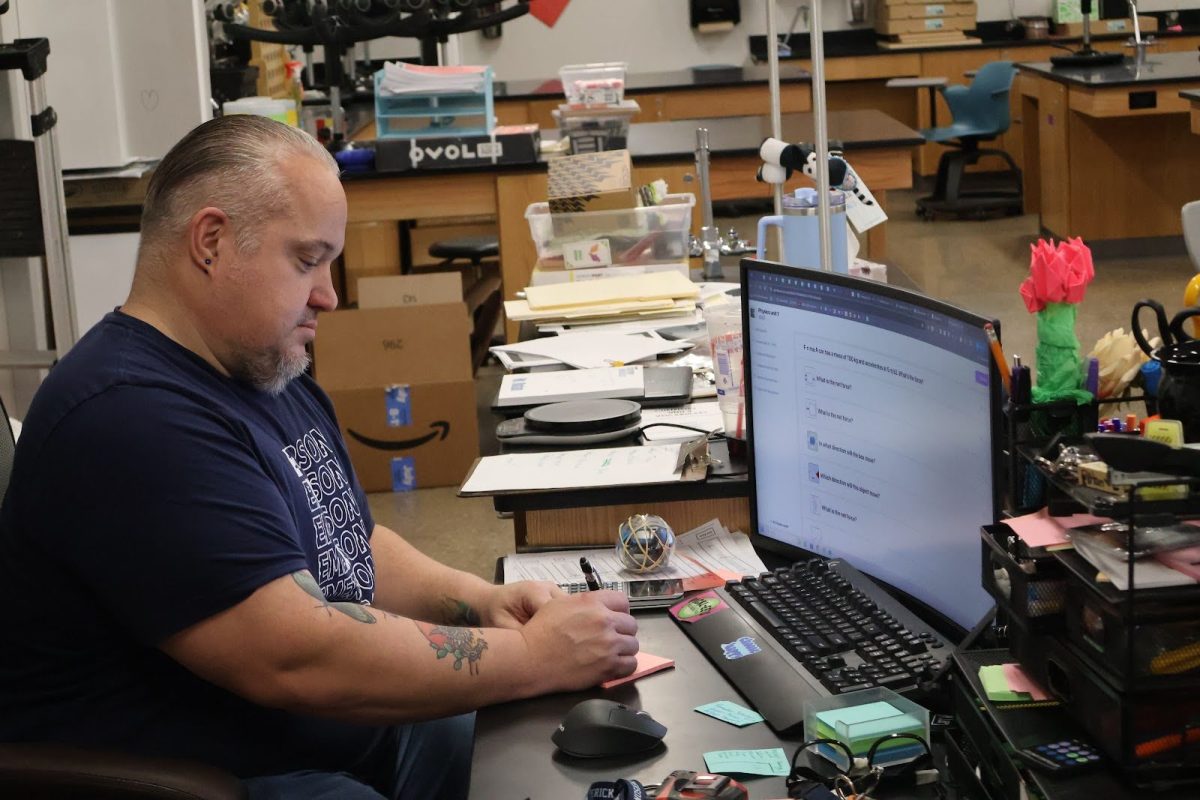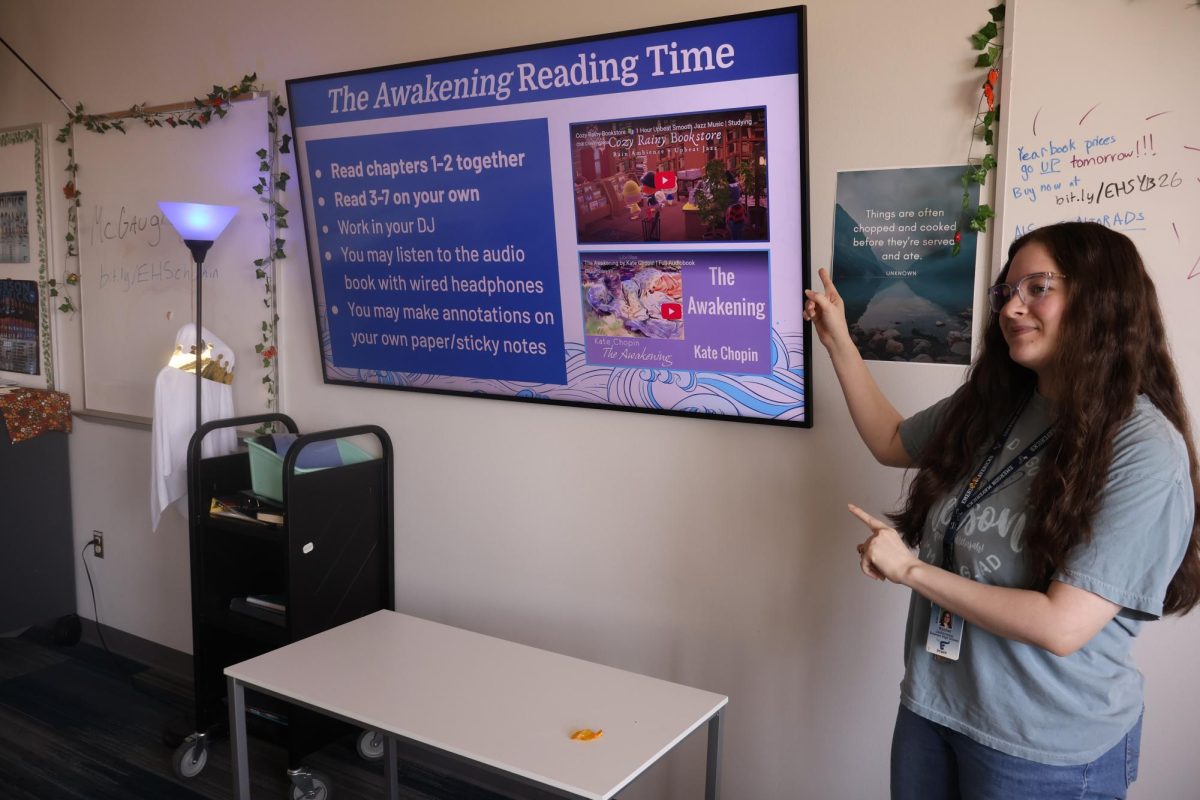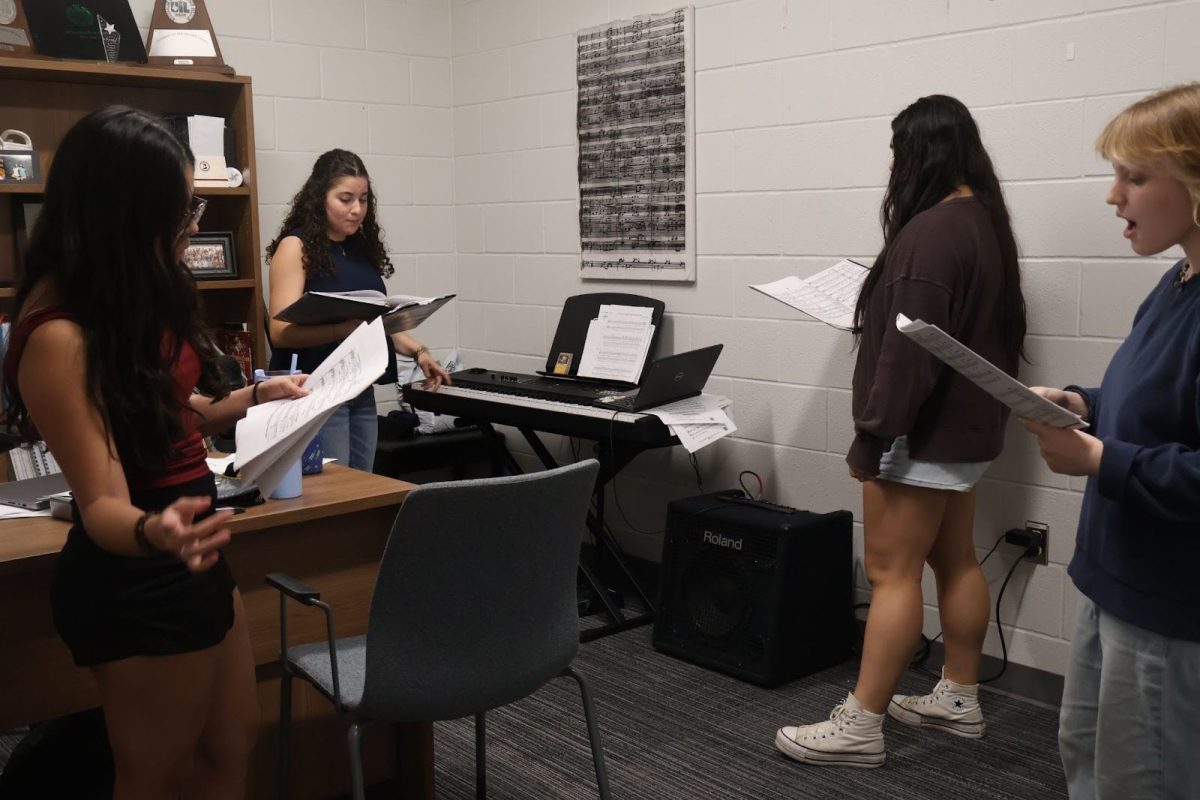Celebrated annually on Feb. 14, Valentine’s Day is an occasion to express care to those who matter most. Associated with red and pink hearts, flowers and chocolates, the holiday is often celebrated through cards, small gifts or a nice dinner. While it is now known as a day full of love, it has much less cheerful roots.
It is uncertain how exactly Valentine’s Day began, however, historians speculate that the name comes from one of the Roman priests known as St. Valentines. In an attempt to fill his army with stronger and more dedicated soldiers, Emperor Claudius II banned marriage. Despite this, St. Valentine continued to perform marriages. When his actions were discovered, he was put into prison and later sentenced to death. There is another tale about an imprisoned St. Valentine that could be referring to the same man or a different one. During his time in jail, he fell in love with the daughter of one of his prison guards. Prior to his death sentence, he wrote her a love note whose ending mirrors many Valentine’s Day cards today. It was signed “your Valentine.” Thus, the tradition of exchanging Valentine’s Day cards was inspired.
How this event translated into a holiday is only speculation, however, Valentine’s Day is believed by some historians to have replaced the Roman holiday Lupercalia in order to promote fertility, prosperity and purification. Despite this, Valentine’s has maintained certain distinctly Roman aspects. For instance, Cupid, the Roman god of love, is commonly depicted in decorations, and the tradition of gifting flowers may have ties to another Roman deity named Venus, the goddess of love, who is associated with roses.
Over the centuries, the holiday has made its way to other regions of the world and the methods of celebration have evolved. In the early to mid 1900s, companies across America began to capitalize on the holiday. Previously, Valentine’s Day cards in America were primarily handwritten letters until Hallmark started mass producing Valentine’s Day cards causing printed cards to rise in popularity. Chocolate companies such as Cadbury also took this opportunity to promote their products by selling chocolates in heart-shaped boxes.
As technology has improved, Valentine’s day traditions have only expanded. On social media, couples will post videos of Valentine’s proposals and dates. Here at Emerson High School, Maverick Leadership has put together a competition between sweethearts with one couple getting eliminated each day. Videos of this competition will be played in Mav Time during each day of Valentine’s week.
Other common traditions now include the celebration of friends as opposed to just lovers. In elementary schools it is customary for children to partake in candy exchanges and a small party. At Emerson, Best Buddies has found a way to continue this tradition for high schoolers through $1 candy grams available for purchase in the quad.
Additional celebrations at Emerson during Valentine’s week include dress-up days with a new theme each day and a final couples competition taking place on Thursday. On top of that, Maverick Leadership has taken the time to make sure that the quad is fully decked out in holiday decor with pink and red balloons lining the stairwell and cut out hearts decorating the outsides of the upstairs railings.
Though its roots are somewhat ominous, over the centuries Valentine’s Day has evolved into a cheerful and widely celebrated day of love for friends and family as well as couples. Between the dress-up days, couple’s competition and the decorations throughout the school, Maverick Leadership has worked hard to bring the Valentine’s Day spirit to Emerson.
References
History.com Editors. (2009, December 22). Valentine’s Day 2024: Origins, background & traditions. History.com. https://www.history.com/topics/valentines-day/history-of-valentines-day-2
OU Online. (2023, February 7). Of love and history – the origins of Valentine’s day. Ottawa University – Prepare for a Life of Significance. https://www.ottawa.edu/online-and-evening/blog/february-2023/of-love-and-history-%E2%80%93-the-origins-of-valentine%E2%80%99s-d
The Editors of Encyclopaedia Britannica. (2025, February 10). Valentine’s Day. Encyclopædia Britannica. https://www.britannica.com/topic/Valentines-Day









